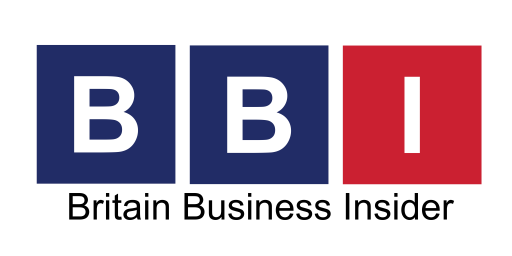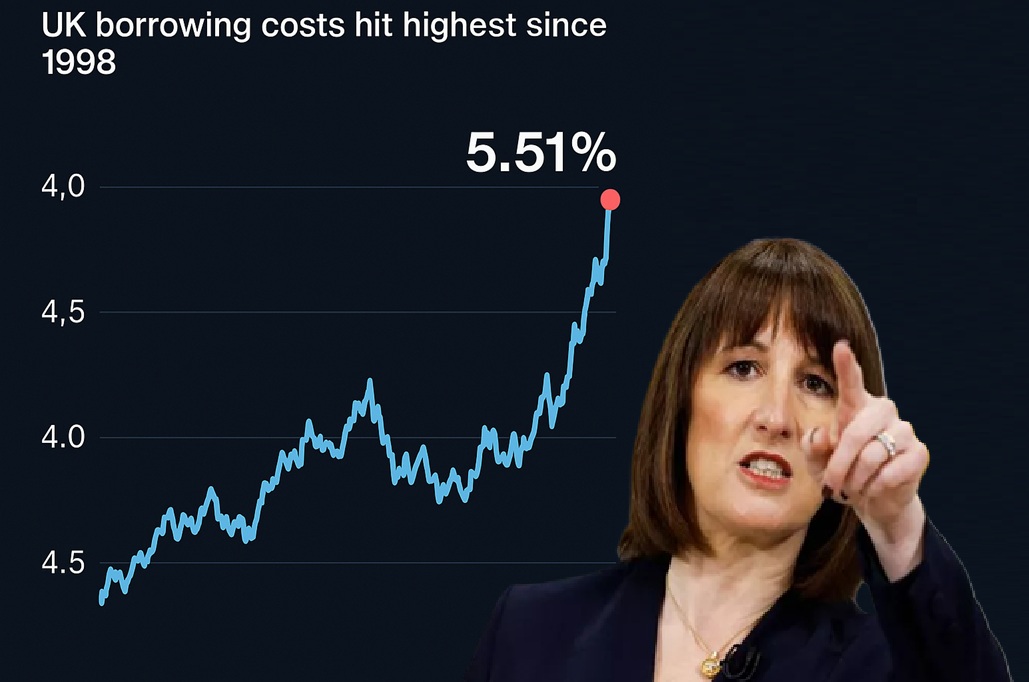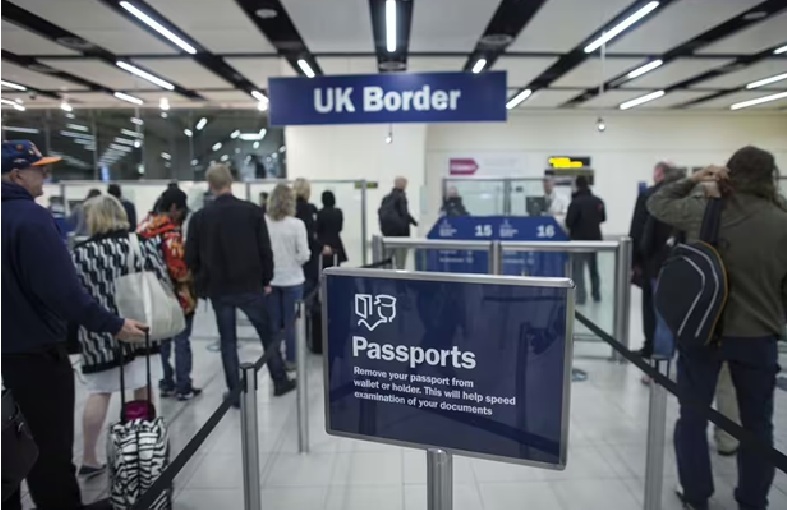The United Kingdom’s borrowing costs have surged to their highest level since 1998, driven by a global rout in government bonds and a sharp increase in long-term U.S. yields.
Yields on 30-year UK government bonds (gilts) climbed by 17 basis points to reach 5.51%, surpassing the previous multi-decade high set in January. Meanwhile, the pound tumbled to its lowest level against the euro in a year.
This sustained rise in borrowing costs presents a major challenge for Chancellor Rachel Reeves. With limited fiscal space to stimulate the economy, Reeves has already been forced to cut spending in order to balance the national budget.
UK long-term bonds have been hit particularly hard since Reeves announced increased borrowing plans in October. In contrast, short-term bonds have been somewhat shielded by expectations of interest rate cuts from the Bank of England.
Investor demand for UK debt will be tested soon, with the Debt Management Office preparing to auction up to £4.5 billion (US$5.8 billion or RM25.95 billion) in five-year notes on Wednesday. The auction closes at 10 a.m. London time, with results published shortly after. A 30-year bond sale on Tuesday attracted strong interest, with bids exceeding supply by 3.04 times—up from 2.85 times at a similar auction last month.
Global Trade Uncertainty Weighs on Markets
While bonds briefly rallied last week following former U.S. President Donald Trump’s announcement of global tariffs, markets have since reversed. Traders are now offloading assets to raise cash, leading to further declines in bond prices. Despite some hopes for new trade agreements with the U.S., RBC strategist Megum Muhic warned that there is still significant potential for disappointment.
Search for Safe Havens Fuels Euro Strength
Amid growing fears of a global trade slowdown, investors are turning to new safe havens. Surprisingly, the euro has emerged as a relative winner from the uncertainty sparked by Trump’s push to reshape global trade.
Despite the eurozone being more directly impacted by tariffs than the UK, market participants view the euro as better positioned to benefit—particularly as recent years of capital inflows into U.S. dollar assets begin to unwind.
As a result, the pound has weakened further against the euro. The common currency rose as much as 0.6%, surpassing 86 pence—its strongest level since April 2024. Over the past month, the euro has also outperformed most other major currencies, rebounding from near parity with the dollar earlier this year.
A major spending boost from Europe’s largest economy is also fueling optimism about growth prospects in the eurozone. In contrast, the UK’s tighter fiscal constraints limit its ability to support domestic growth through government spending.
Options markets are signaling renewed confidence in the euro. One-month risk reversals—used to gauge investor sentiment—now show the strongest preference for the euro over the pound since January 21. More than 75% of euro-pound options traded this week have been positioned for further euro gains.




